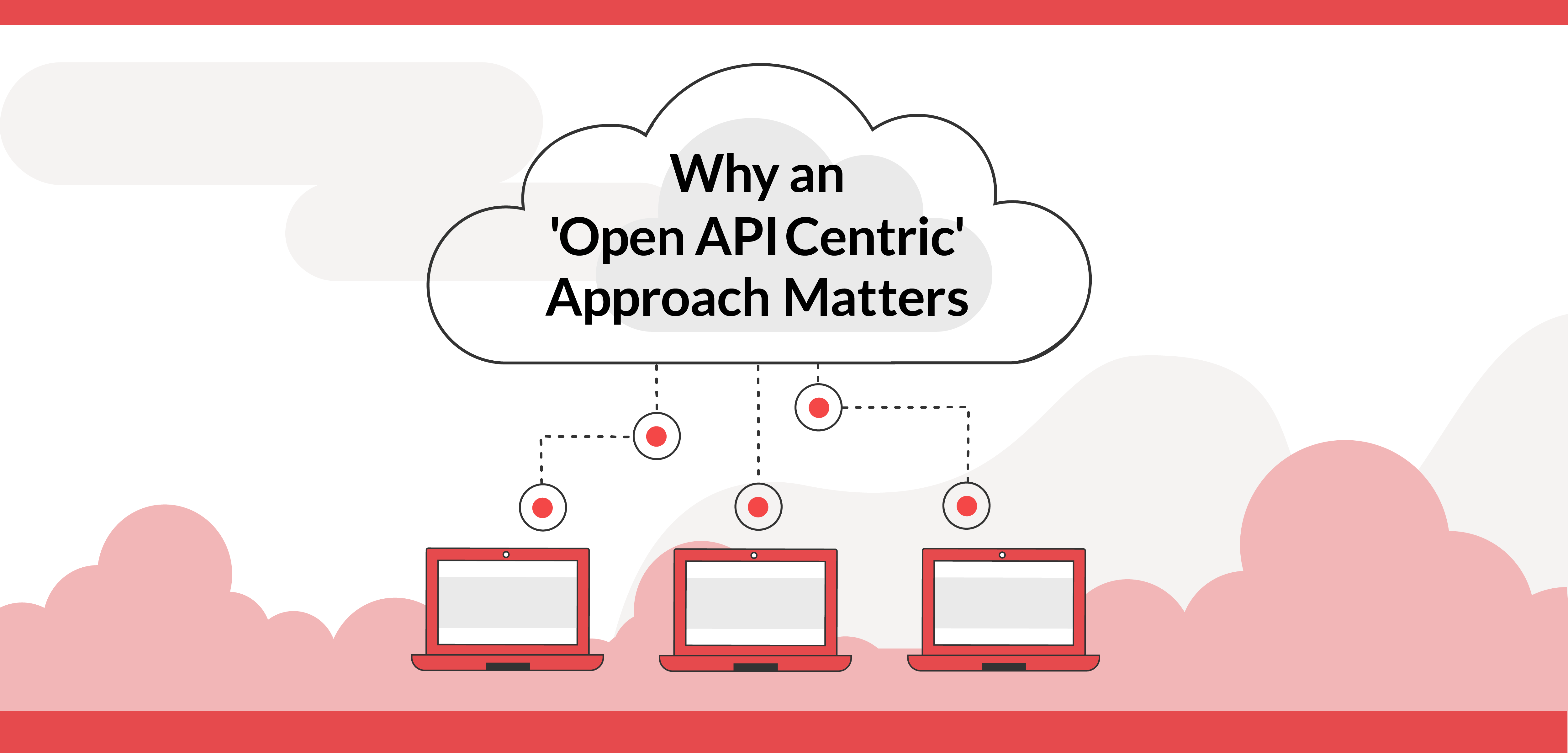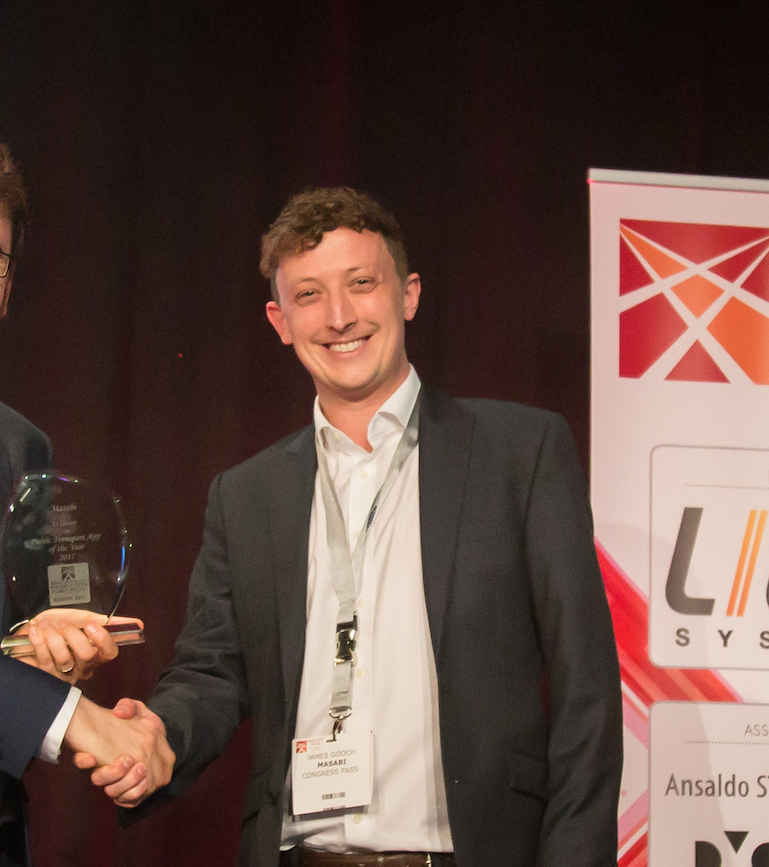Upgrading your fare collection system in order to keep up with the pace of new ticketing technologies can quickly become a challenge if you don’t opt for an open, adaptable and scalable solution.
But there’s no need to worry, we have something that will make your life easier. Have you ever heard of the concept of an ‘open API-centric architecture’ before?
Yes, we agree it's a bit of a mouthful! To put it simply, an open API-centric architecture allows you to either install or update your ticketing system quickly and easily, which is pretty useful. To learn more about it we have put together a handy new explainer video. We hope you like it!
What's an API?
You have probably heard this word before but not everyone knows what it really means. So let’s start with the basics. An API or Application Programming Interface is a means for allowing systems to connect and work with each other. It’s an interface that receives requests and sends the appropriate response for a particular function.
What the heck is an ‘open API-centric architecture’?
To put it simply, an open API-centric architecture is an important (if not essential) factor to take into account when upgrading your fare collection system, as it allows the system to connect with existing technologies/systems and enables the ability for the agency to easily add new services. Masabi uses open restful APIs, meaning they are designed to be available for third parties to use and are programmed in a way other systems can understand.
The benefits of an ‘open API-centric architecture’
An open API-centric architecture is one of the easiest ways for transport agencies and operators to add new features and functionality by connecting together best of breed solutions, or linking a new system with an existing system or service. In a nutshell, being able to use an open API-centric architecture means you won’t need to replace your entire fare collection system when it comes to end of life. Instead, you can replace you central back office with a Software as a Service (SaaS) platform with all the benefits this brings, then seamlessly connect it to your existing infrastructure. What’s more, It provides agencies and operators with the flexibility to build and operate bespoke technologies (if required) or connect with other best of breed services.
Want to find out more?
We’ve put together an explainer video that gives you more information and detail about an open API-centric approach to fare collection and how it can benefit transport agencies and operators all around the globe, no matter their size and the fare collection system they currently use.
You can view the video here.


